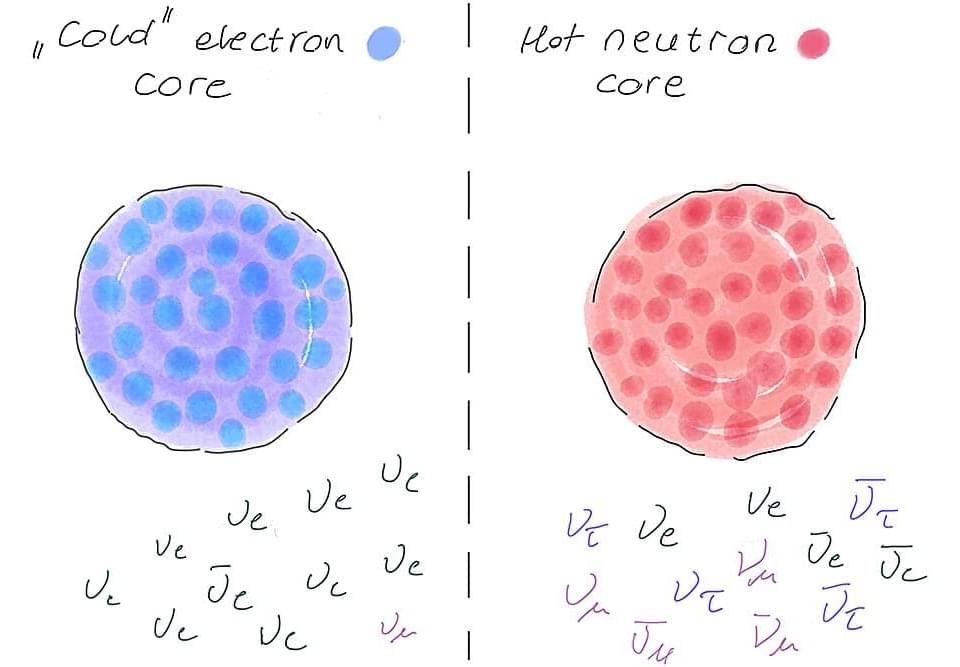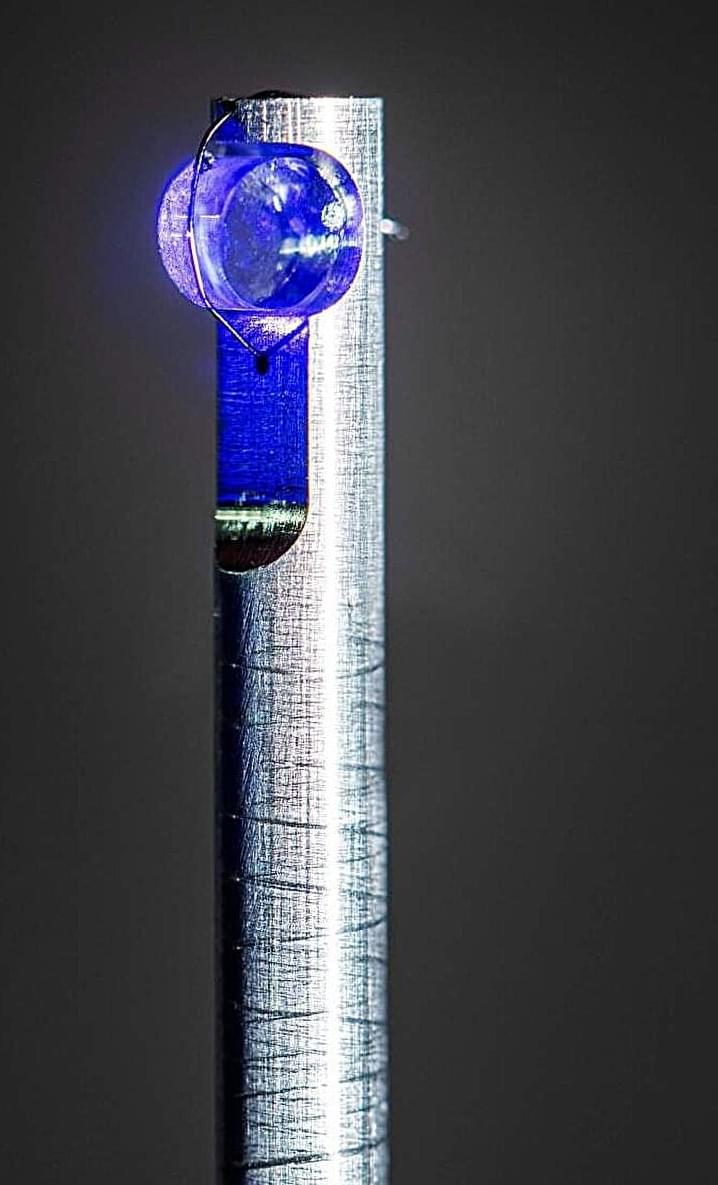A detailed analysis of a stellar cluster has led to a possible explanation for several fast-moving runaway stars around the cluster.
The “altercation” happened 50,000 years ago: The binary star Mel 34 was ejected from a young star cluster at a speed of 100,000 mph (46 km/s)—the result of a violent interaction that seemed buried in the cosmic past. But a group of astronomy detectives has now reconstructed part of the cluster’s history and identified a five-star smashup as the most likely cause for Mel 34’s high-speed departure [1]. This unlikely collision offers important information about the fate of young, massive stars.
The star cluster R136 is a grouping of around 60,000 stars in the Large Magellanic Cloud, a small galaxy 160,000 light-years from Earth. The cluster is about 2 million years old, which is fairly young as clusters go. “R136 is very special because it’s the youngest and the most massive star cluster in the local group of galaxies,” says Simon Portegies Zwart from Leiden University in the Netherlands. Previous studies of R136 have identified several dozen “runaway” stars that have been kicked out of the cluster. Runaways are common around clusters, but their origins are not always clear. R136 is young, so it’s a good place to study the process that produces runaways, Portegies Zwart says.









